Corn is one of the most commonly grown plants in modern society. Often eaten whole as corn on the cob, corn can also be transformed into popcorn, shucked into corn kernels, and served as a tasty dinner side dish or ground into corn for muffins and more.
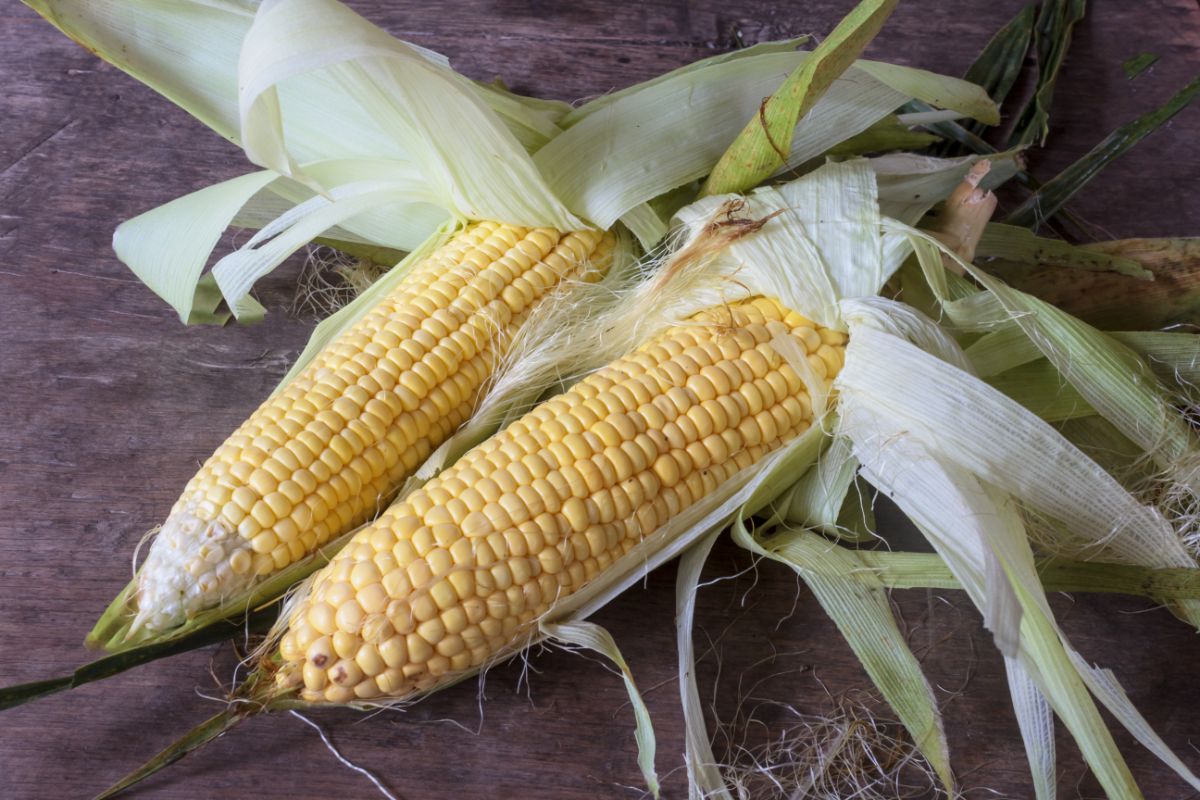
First cultivated by the Native Americans, corn is actually a member of the grass family (Poaceae). The original variety of cultivated corn was known as teosinte and was much smaller than modern corn. Since then, corn plants have been genetically manipulated over generations through careful breeding practices to develop the type of corn we know and love today.
There are a number of different kinds of corn, such as popcorn, field corn, and sweet corn. Among home growers, sweet corn tends to be the most popular corn variety. This is the type of corn you’ll eat on the cob, and it is sweeter and more tender than other corn types.
In this article, we’ll cover everything you need to know to grow luscious, sweet corn in your backyard garden.
Jump to:
Where to plant sweet corn

| Scientific name: | Zea mays |
| Other names: | Maize |
| Growing season: | Spring, summer |
| Direct sow or transplant? | Direct sow |
| Size: | 8’ |
| Days to maturity: | 60 to 100 days |
| Light requirements: | Full sun |
| Water requirements: | High |
| Soil pH: | 6.0 to 6.5 |
| Recommended fertilizers: | Compost, aged manure, balanced fertilizer, high nitrogen fertilizer |
| Colors: | White, yellow, and bicolor |
| Common pests: | Armyworms, cutworms, corn earworms, wireworms, corn rootworm, corn borers, deer, raccoons, aphids, thrips, spider mites, flea beetles |
Corn can be a bit finicky about its soil, so it’s important to pick the right spot in your garden to grow this plant. Corn is a heavy feeder and requires rich soil that is well draining but remains consistently moist.
Prior to planting your corn, it’s a good idea to mix some compost or aged manure into your soil. To do this, spread 3 to 4” of compost or manure across your garden beds and then mix it into the top 6 to 8” of your soil with your shovel or a hand tiller.
Ideally, you’ll want to do this in autumn; however, if time gets away from you, you can also enrich your soil in the spring. Just remember that if you’re working with fresh manure, it will need to be added in the fall, while compost and aged manure can be used in either spring or fall.
In addition to ensuring that your corn is planted in rich earth, it’s also essential that your plants receive plenty of bright sun. Corn requires at least 8 to 10 hours of full sun every day.
Because corn is tall, it is also more likely to be buffeted about and broken in strong winds. To avoid this, locate your corn patch in a slightly sheltered location in your garden. For even more protection, you may add a supportive fence around your corn to keep it from blowing over.
How to plant sweet corn

Corn is very sensitive to frost, so it should only be planted outdoors in late spring. Generally speaking, you’ll want to direct sow your corn in your garden about 2 to 3 weeks after your last frost date. For best results, soil temperatures should be at least 60°F or 65°F if you’re growing super-sweet corn.
If you live in a cooler location with a short growing season, you may be tempted to start your corn indoors – don’t do this. Corn has sensitive roots and does not transplant well. Instead, look for early-season corn varieties, which will mature sooner and are an excellent choice for northern growers.
You can also extend your growing season by covering your garden beds with black plastic and then poking holes and planting your corn through the plastic. This will help insulate your soil and warm it up more quickly.
The day before you plan on planting your corn, soak your corn seeds in a bit of water or lay them out in a moist paper towel. This will soften the kernels and speed up germination rates.
When you’re ready to plant your corn, sow your seeds 1 ½ to 2” deep, with seeds spaced 2 to 4” apart. Plant your corn in short rows to form blocks rather than one long row. Corn planted in tight blocks of at least 10 to 50 plants will be pollinated more readily and produce a better crop of fully formed cobs.
Alternatively, you can also plant your corn in hills spaced 2 ½’ apart in rows spaced 2 ½ to 3’ from each other. Sow 4 to 5 seeds per hill. Hilling your corn can help you maximize your garden space and may provide additional support to cornstalks, making them less likely to blow over in the strong wind.
After you plant your corn, water the seeds in well. You can also add a dose of a balanced, organic fertilizer; however, if you enriched your soil with compost or manure prior to planting, this may not be necessary.
Once your corn is about 4” tall, thin out your plants so that they are spaced roughly 18” apart. Corn planted in hills should be thinned out too, so that each hill has just 3 corn plants.
Because birds can be particularly interested in newly planted corn seeds, some gardeners opt to cover their corn rows with floating row covers until the corn sprouts. You can also cover planting holes with a moistened paper towel, which should be removed after the corn germinates.
Growing sweet corn in your garden
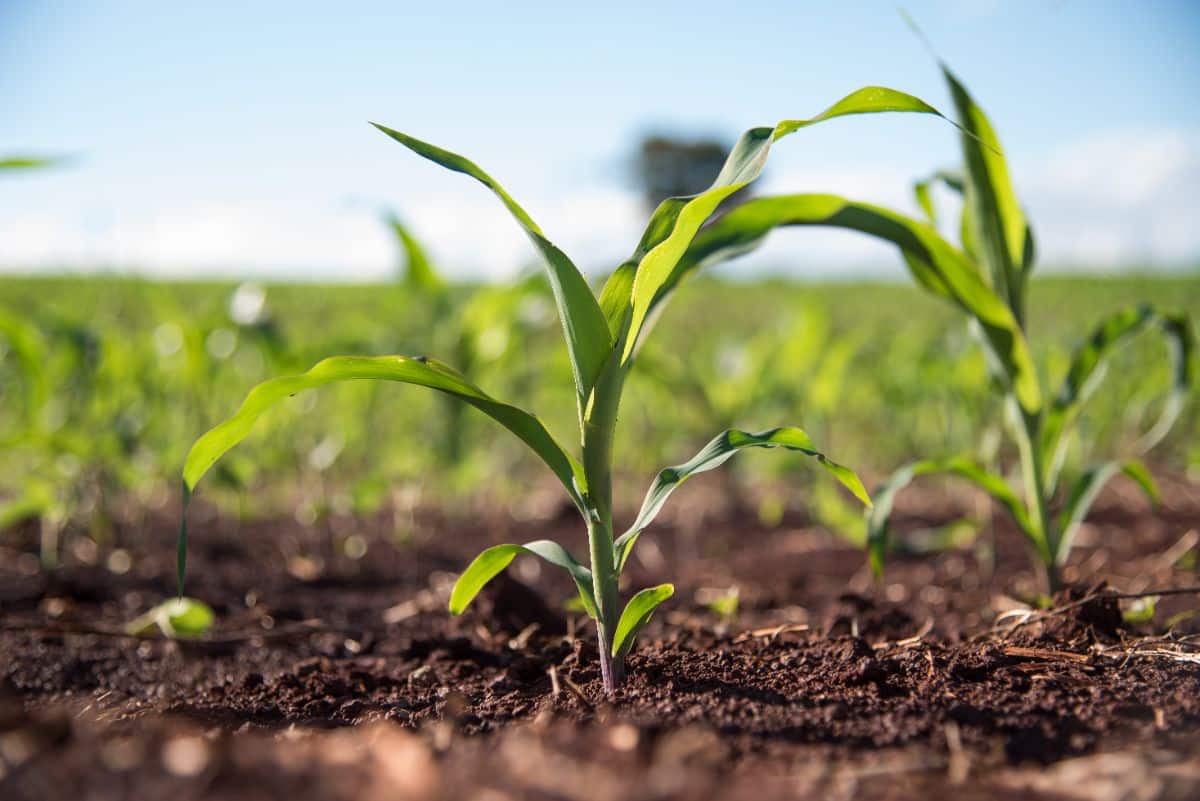
Proper pollination is key to growing sweet corn properly. Planting your corn in tight blocks can help ensure your corn is well pollinated and that kernels fill out well. While corn is wind pollinated, you can also help this process along by gently shaking your corn plants every few days after their silks develop.
Light
Corn requires at least 8 to 10 hours of full sun daily.
Soil
Corn should be planted in rich, well-draining soil that can hold moisture well. Amending your soil with fresh manure in autumn or aged manure or compost in spring/autumn can help improve your soil and promote healthier growth.
Water
Corn grows best with plenty of water and should be watered regularly; about 2” of water per week should do. If you live in a very hot or dry climate or you have sandy soil, you may want to water your corn even more.
Adding a dripline system to your corn patch can also help, and it can be fully automated with a timer to cut down on your gardening tasks.
It’s essential that you don’t allow your corn to become stressed during dry conditions. Water stress can impact pollination and result in poorly formed cobs with irregular or undeveloped kernels.
Covering your soil line with a layer of organic mulch can help protect your developing plants and conserve moisture levels by insulating the soil.
Fertilizer
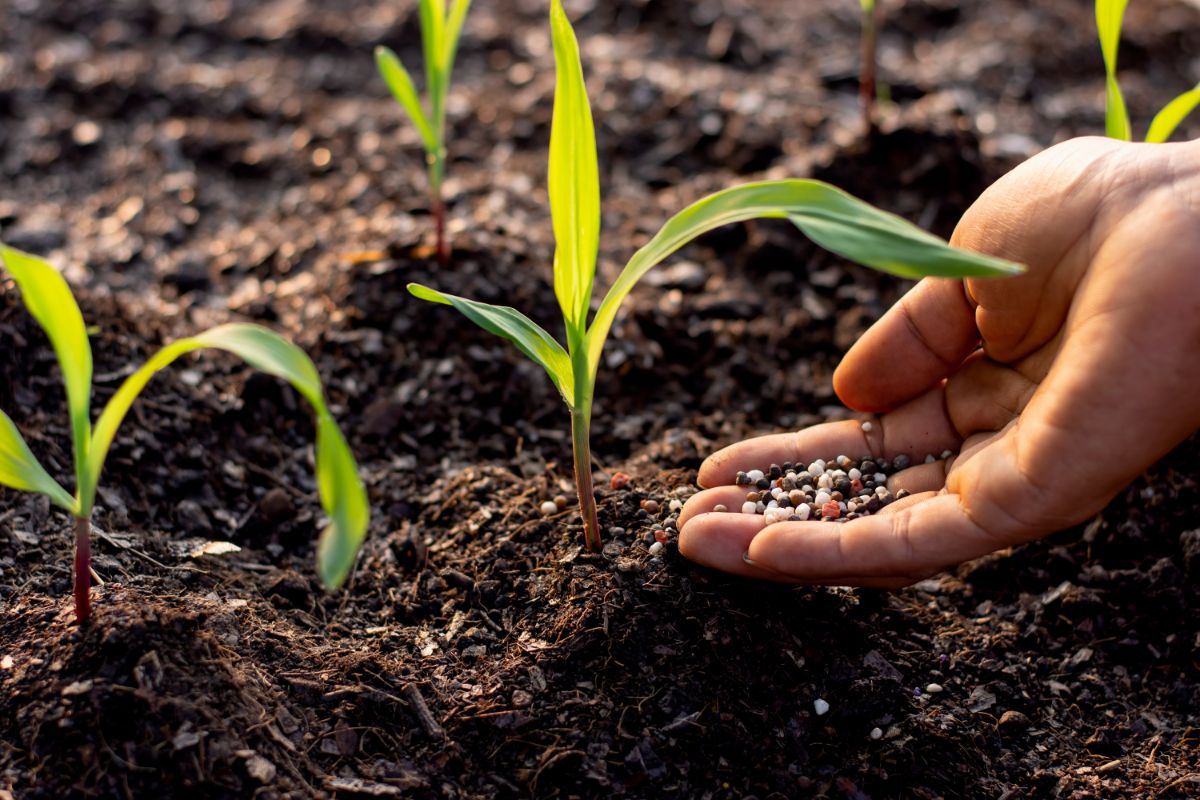
Because corn is a heavy feeder, it’s critical that you provide your plants with enough nutrients to support their growth through the summer. For best results, enrich your soil with compost or aged manure prior to planting your seeds. You can also fertilize your corn at the time of planting with a balanced, organic fertilizer.
When your corn is about 8” high, side-dress your plants with a fertilizer that is rich in nitrogen. Apply a nitrogen-rich fertilizer again when your corn plants are 18” tall. Finally, apply the same fertilizer one more time when your corn ears begin to produce their silks.
Harvesting
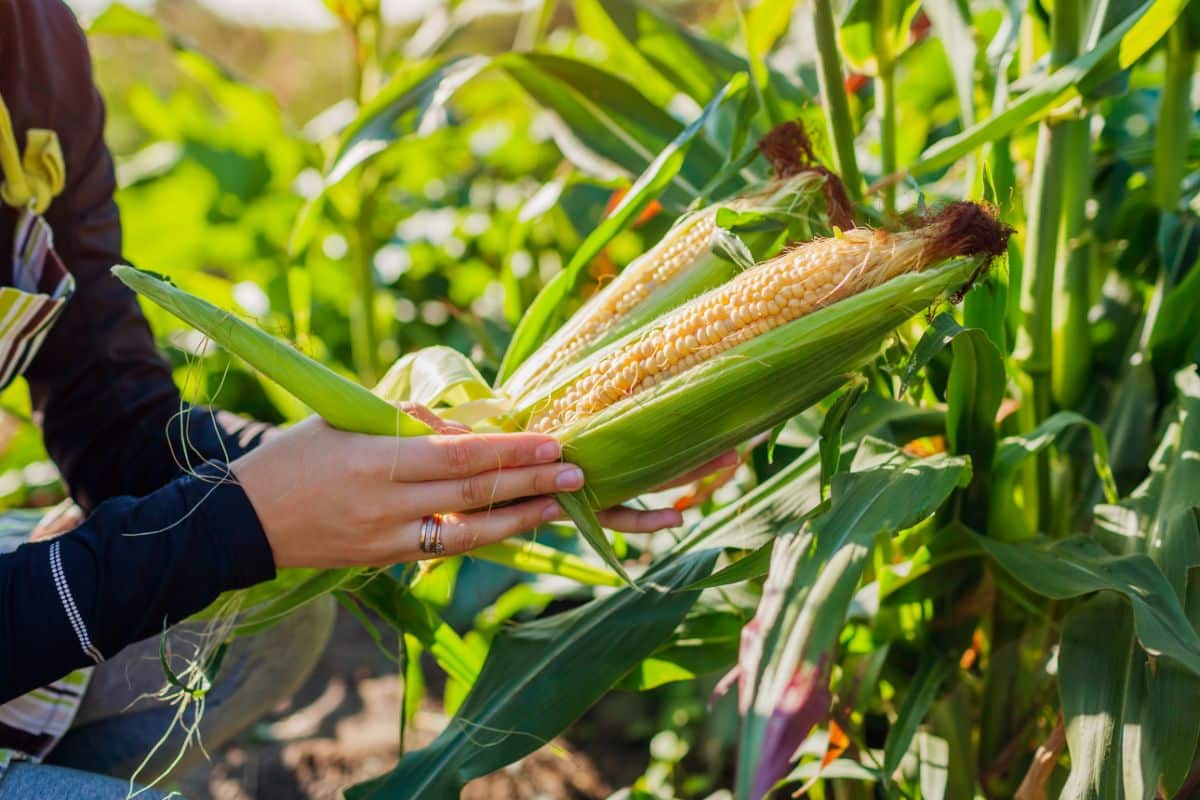
Depending on the variety of corn you’re growing, your sweet corn should be ready to harvest about 60 to 100 days after planting. Cobs are usually ready to pick about 15 to 23 days after their silks appear.
You can tell that cobs are ready for harvest when their ends round out and aren’t pointy and when the corn silks turn a deep brown. It can also help to pull back the husks a bit and take a peak at the kernels inside. Well-formed kernels that produce a milky liquid when pierced with your fingernail are ready for harvest.
To harvest your corn, pull the cob down and twist it off, taking care not to break the cornstalk itself. You can also use a small gardening knife for this task.
Storing sweet corn
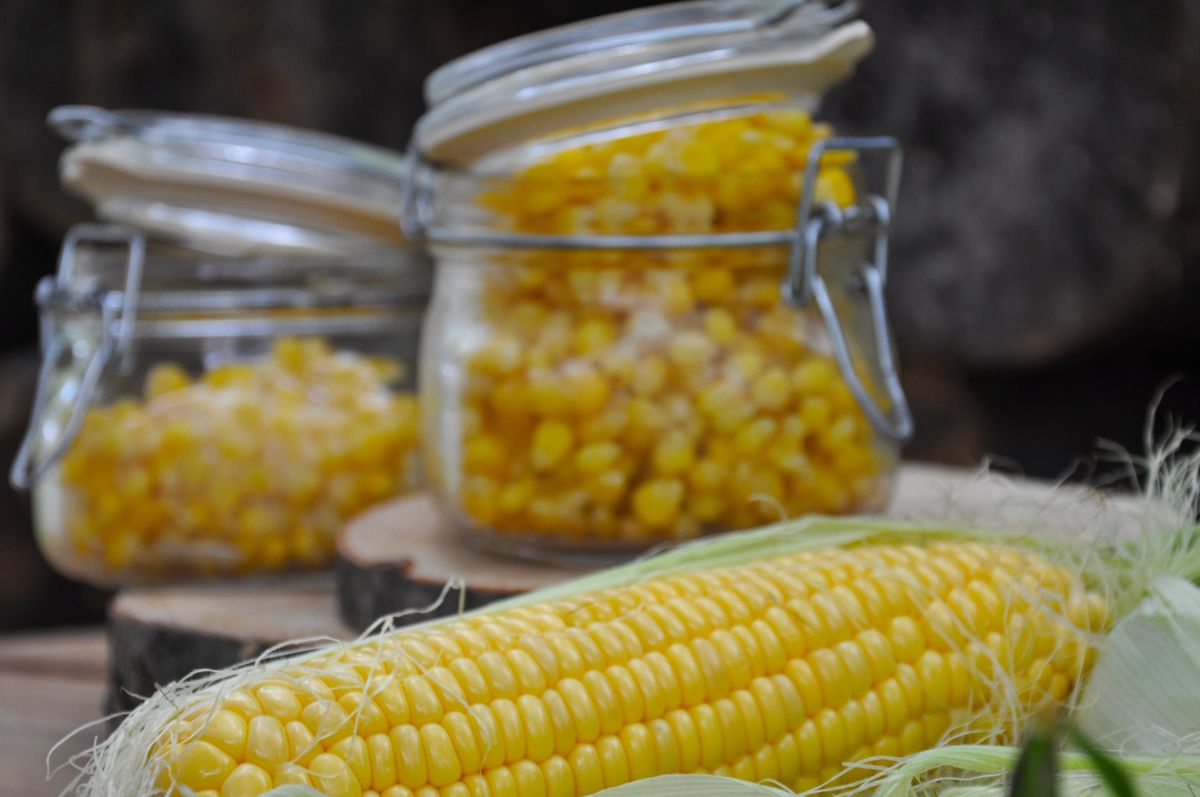
Sweet corn begins to lose its sugar content after harvesting, so it should be eaten as soon as possible after you pick it. If you can’t eat all of your cobs at once, sweet corn will last in your fridge for about 5 to 7 days.
Gardeners that produce more cobs of sweet corn than they can eat fresh can also opt to preserve their harvest via dehydrating, freezing, or canning.
Whole cobs of sweet corn can be frozen, but they should be blanched first. Small cobs should be blanched for about 7 minutes, while larger cobs may take as long as 11 minutes to blanch. After blanching, flash freeze your cobs and then store them in an airtight container or bag to prevent freezer burn.
Corn can also be canned, but it is not a high-acid food, so you will need to add extra acid to it prior to canning, or you may can it with pressuring canning methods. For water bath canning, try your hand at making your own corn salsa. Canned corn or creamed corn can be produced with pressure canning.
Sweet corn companion plants
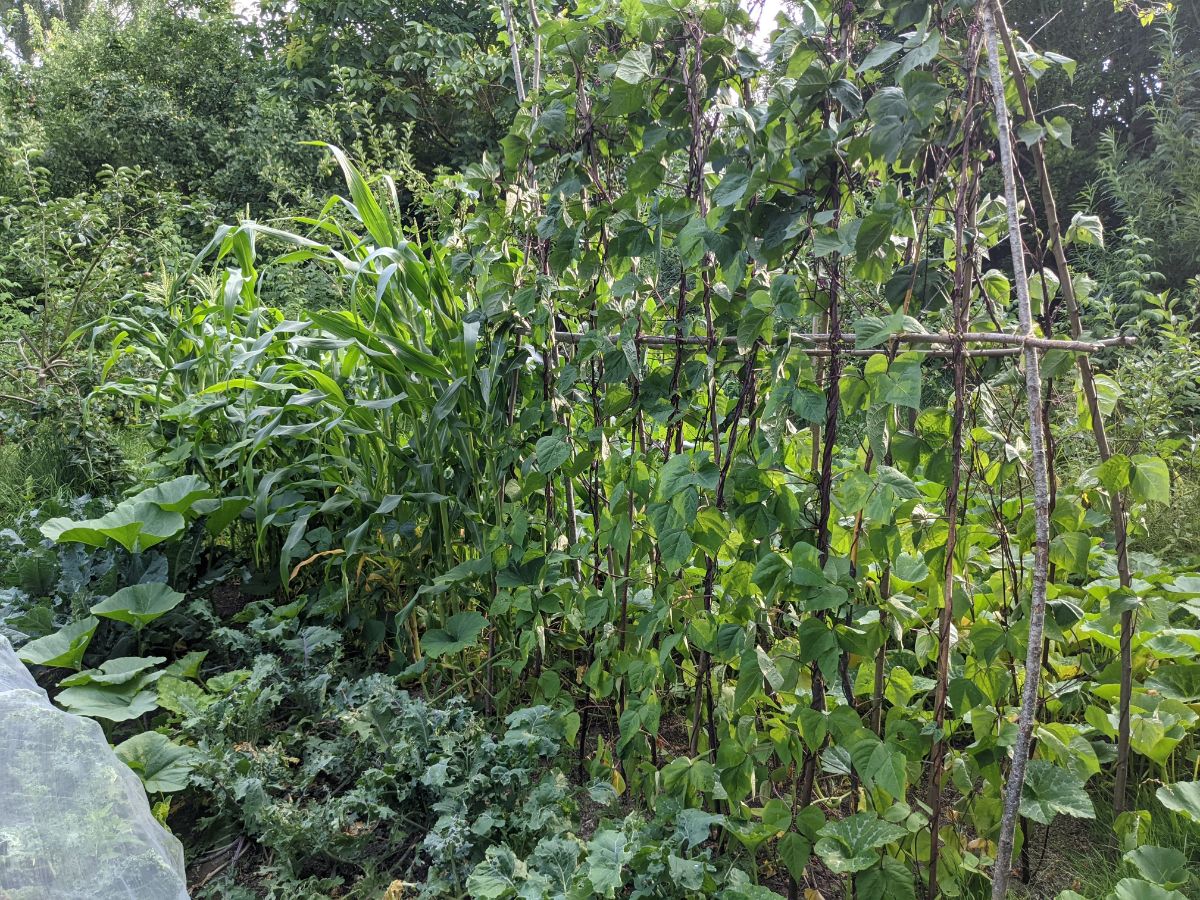
Corn is a member of one of the most widely known companion plant pairings around: the Three Sisters. Originally developed by the Native Americans, the Three Sisters companion plants are corn, winter squash, and pole beans. When planted together, these plants benefit each other in a range of ways.
Below are some of the best companion plant pairings for corn.
Borage
Borage is a pretty, edible plant with periwinkle blue flowers and fleshy leaves that taste a bit like cucumber. When interplanted with your corn plants, borage can help repel many common pests, such as corn worms.
Winter Squash
One of the ‘Three Sisters,’ when interplanted with corn, winter squash’s large leaves can help suppress weed growth around your corn and will conserve moisture in your garden soil too.
Pole beans
Another ‘Three Sisters’ plant, pole beans, will use your corn’s stalks for support when these two plants are grown together. In turn, beans will enrich the soil around your corn due to their nitrogen-fixing abilities.
Common pests
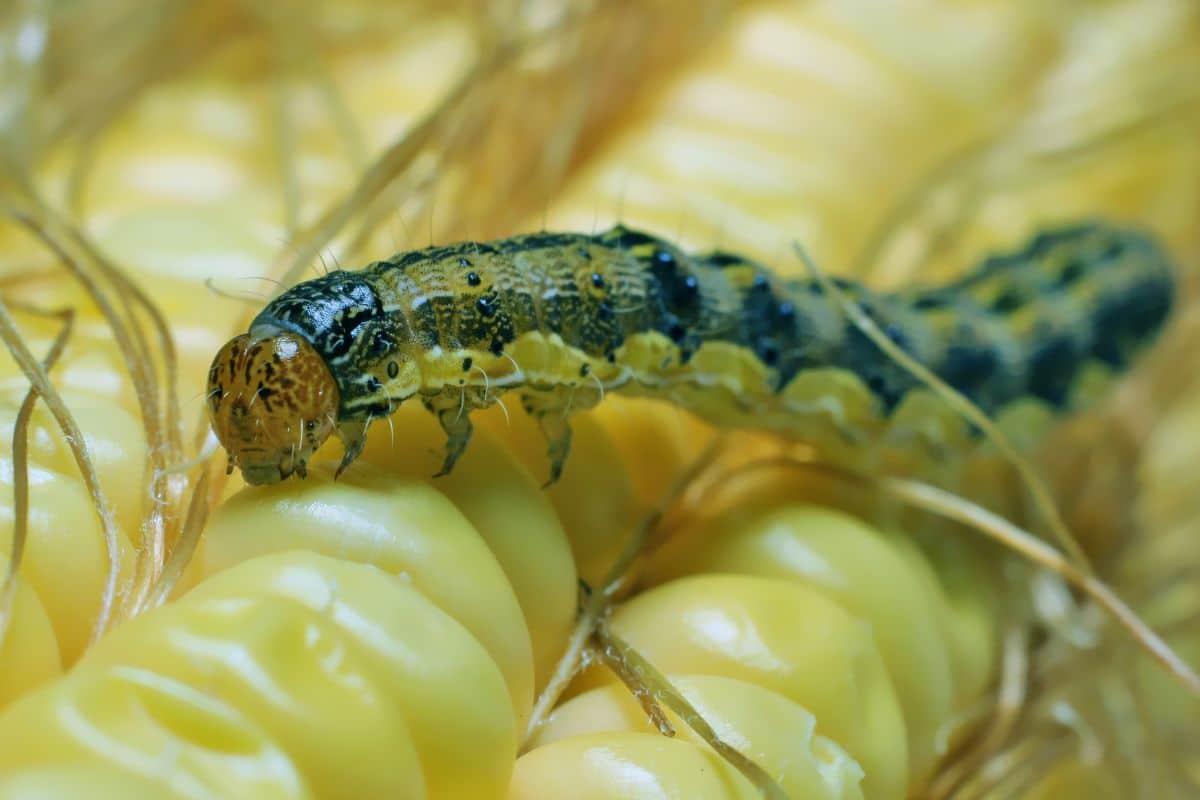
Like other garden plants, your sweet corn may be targeted by a number of common garden pests. Below are three of the top corn pests to look out for and what to do about them.
Pest worms
There are several different worm-type pests that can prey on your sweet corn, including armyworms, cutworms, and corn borers. These pests can all be organically controlled using BT Thuricide or by selecting resistant corn varieties to plant.
Raccoons
Raccoons don’t always target garden plants, but they do love corn. Adding a fence around your corn plants can help, but a determined raccoon may climb. Trying out motion-activated sprinklers or spotlights or spraying predator urine around your garden can prevent damage from raccoons as well.
Deer
Like raccoons, deer will often target patches of corn in your garden and can easily devastate an entire corn crop in a single night. Fencing is the best way to keep deer out, but make sure your fence is at least 8’ high or install a double fence. Predator urine and motion-activated sprinklers and lights can repel deer quite efficiently.
Sweet corn varieties to try
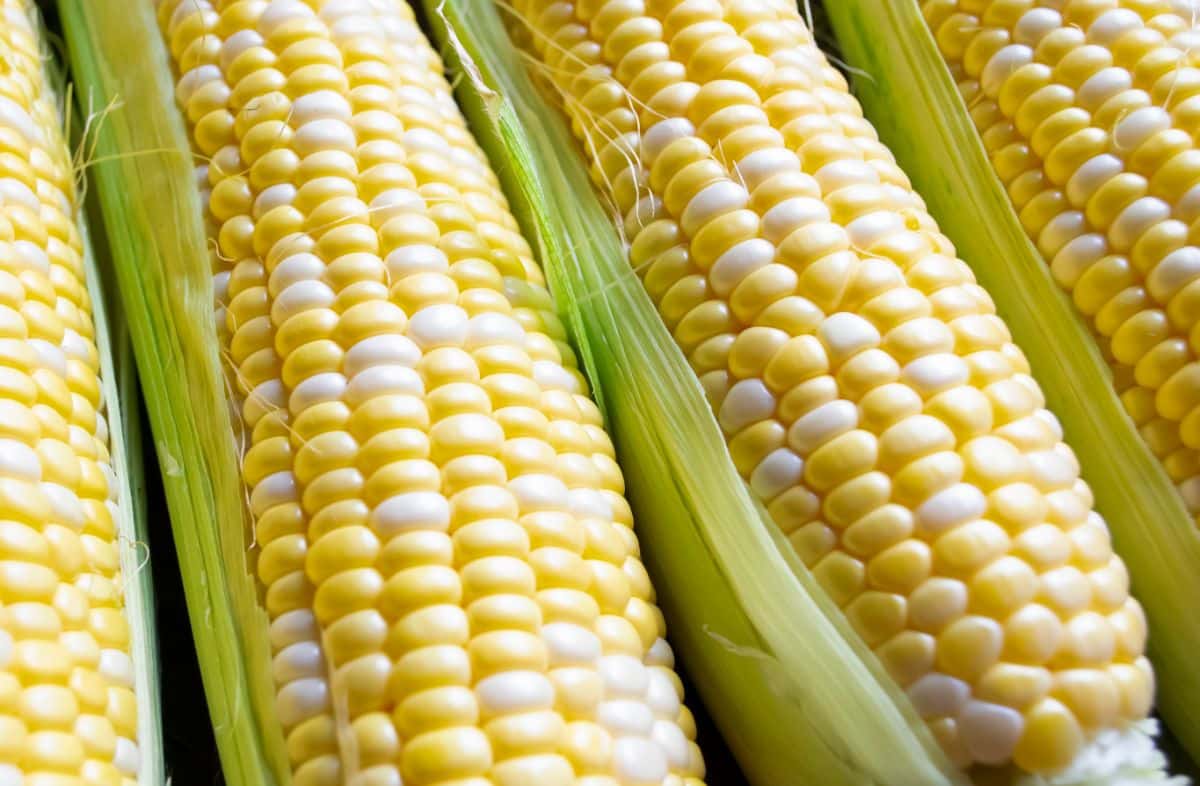
There is a wide variety of different types of sweet corn available to the home grower today. Before choosing which sweet corn to grow, be sure to do a bit of research in order to select the right type of corn for you.
Firstly, you can choose between early-, mid- and late-season sweet corn. Early-season corn matures the fastest and is a good choice for growers in colder locations. Late-season corn takes longer to develop and may not have enough time to mature fully if a frost comes early in your area.
Sweet corn is also categorized based on its sugar content. Sugary (su) sweet corn are the classic cobs that you’re probably used to, while sugar-enhanced (se) sweet corn is slightly sweeter. Supersweet or shrunken (sh or sh2) sweet corn is even sweeter, and synergistic (sy) sweet corn is extra sugary and perfect for anyone with a very sweet tooth.
‘Moonshine’
‘Moonshine’ is one of the most popular supersweet corn types, and it is well known for its high sugar content. Kernels are pleasing, golden-yellow, and plants grow well, even in cooler springs.
‘Silver Queen’
‘Silver Queen’ is a late-season corn type, so you’ll need to be patient as you await your harvest. However, these cobs don’t disappoint, and the silvery-white kernels are tender, sweet, and delicious.
‘Country Gentleman’
This heirloom sweet corn was first developed in 1890 and is known for its tender kernels that grow in a unique, zigzagged pattern. Kernels are sweet and creamy and are sometimes still used commercially to produce canned corn.
Frequently asked questions
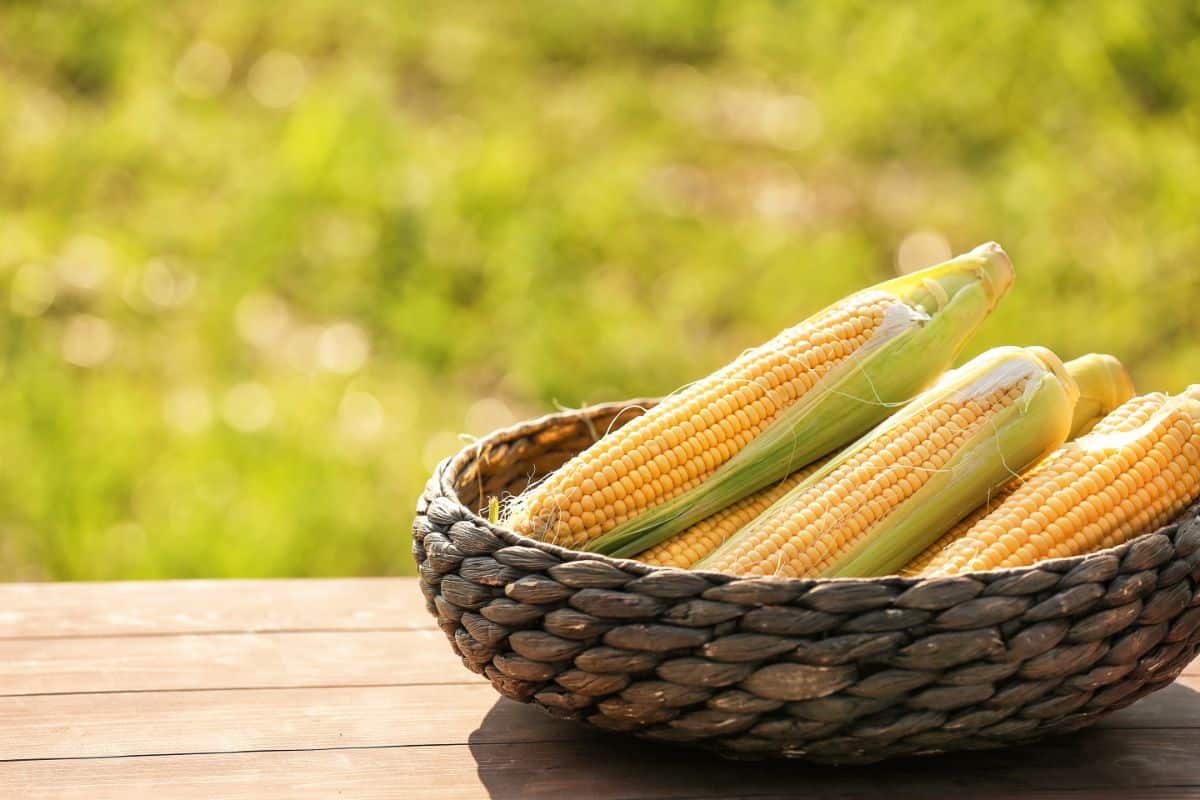
Keeping your corn protected from strong winds and large predators, like deer, is key to growing corn successfully. Additionally, corn is a heavy feeder, so you will need to fertilize it throughout the growing season to ensure you get a good harvest of ears.
A healthy corn plant will generally produce between 2 and 4 ears of corn during the growing season.
No, corn is wind-pollinated and should still produce ears even when pollinators are absent. That said, adding pollinator-friendly plants near your patch of corn can increase the activity of beneficial insects, like parasitic wasps. These insects will feed on corn pests, such as cutworms and armyworms, and help protect your corn naturally.
Corn that’s planted too thickly together may not produce ears, even when it’s properly pollinated. Additionally, corn grown in nutrient-poor soil may not have enough energy to produce ears.
Missing or poorly formed corn kernels is a sure sign that you’re dealing with a pollination issue. Corn grown in dry soil may not get properly pollinated. Inadequate airflow or plants spaced too far apart may also not receive enough pollination and may form shrunken, irregular, or missing kernels.
Summary
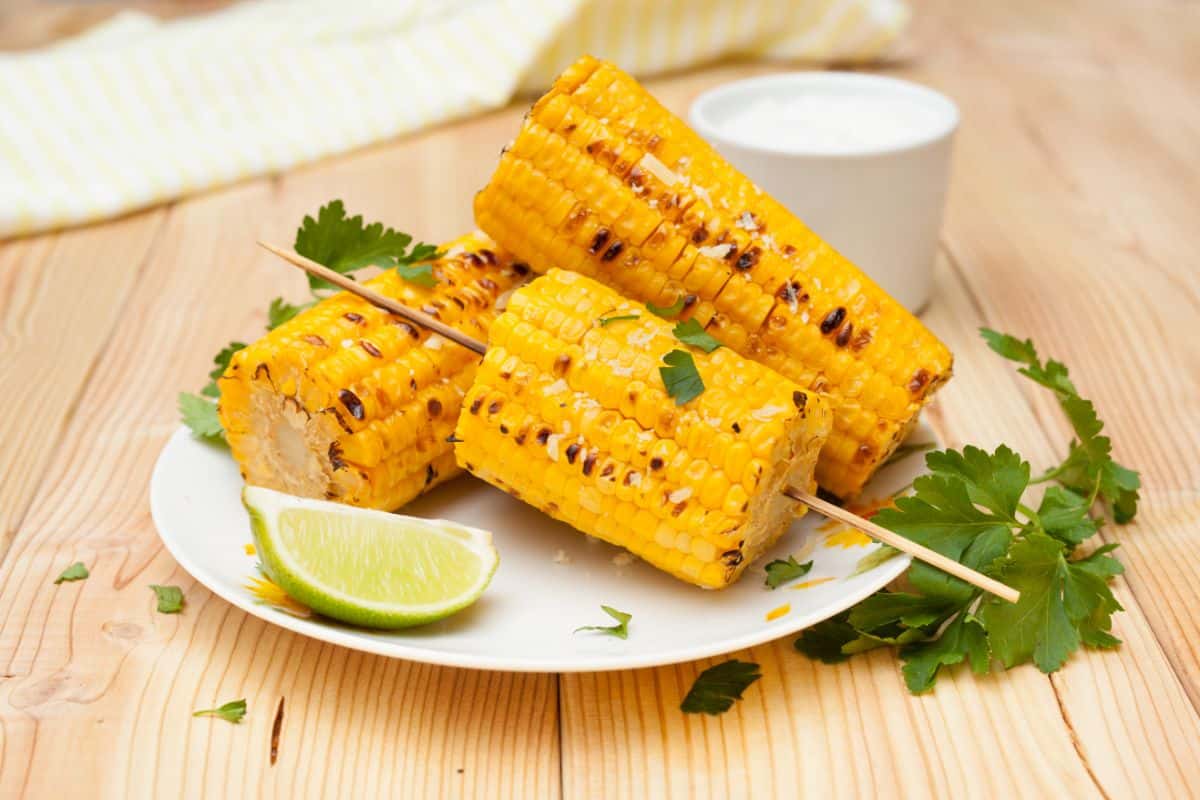
Corn may be one of the most popular plants to grow, but it is also one of the trickiest vegetables for home gardeners. This is partly due to corn’s large size and heavy feeding requirements, which make it hard to maintain in smaller plots. However, with a few tricks and tips, you can grow corn successfully in even a small garden.
The key to keeping corn is to make sure that you protect your plants from predators and wind, provide it with enough water for kernel development and fertilize your plants regularly too. With these suggestions in mind, even a beginning gardener should be able to grow some tasty ears of corn in a first-year garden!
If you liked this article and would like to learn more about growing vegetables at home, check out our other content on vegetable growing here.


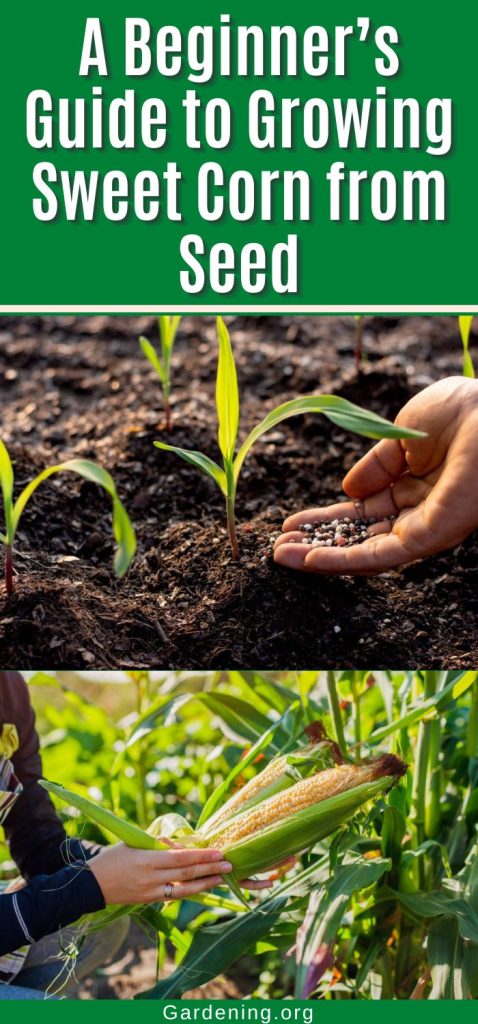

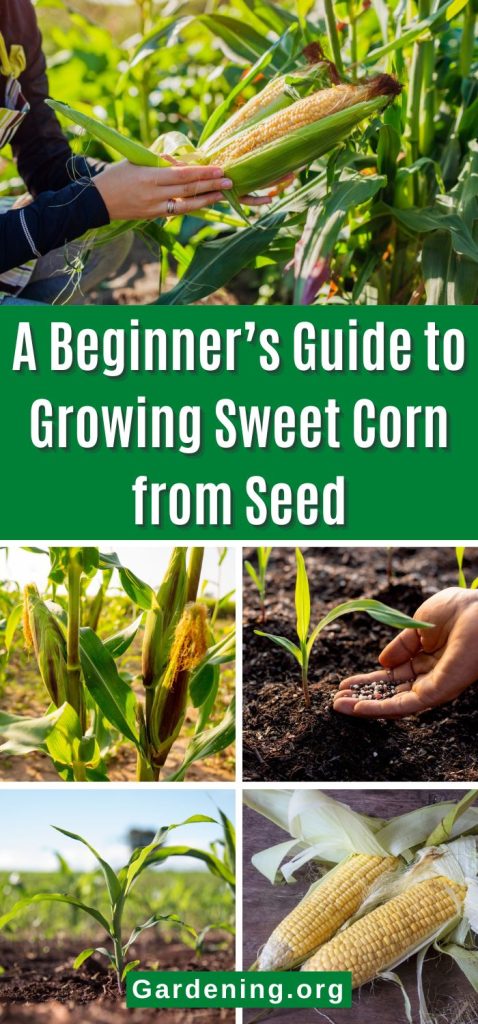
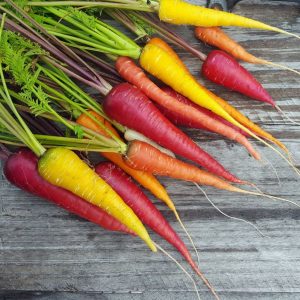
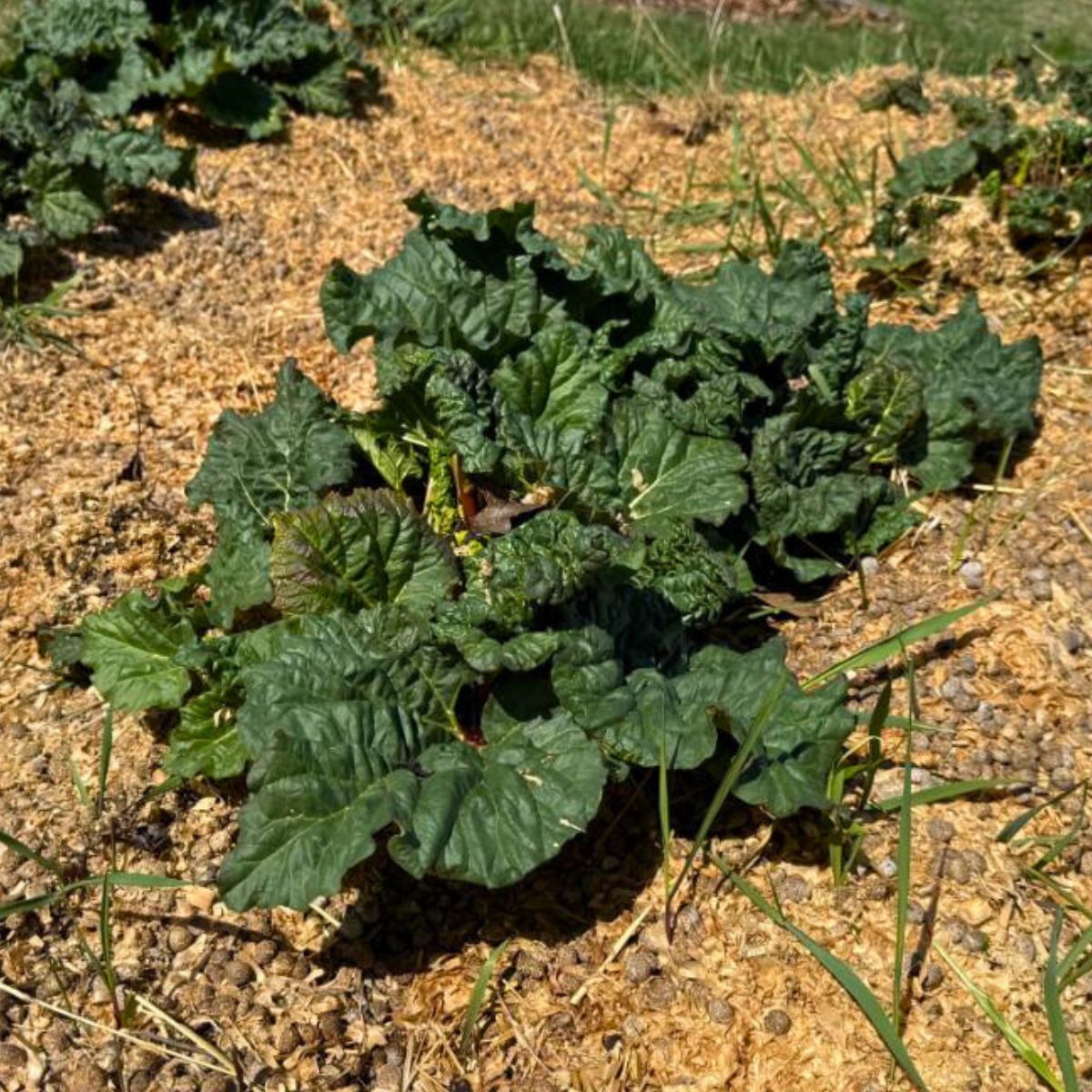
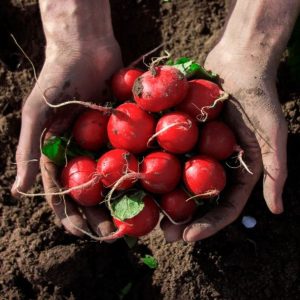
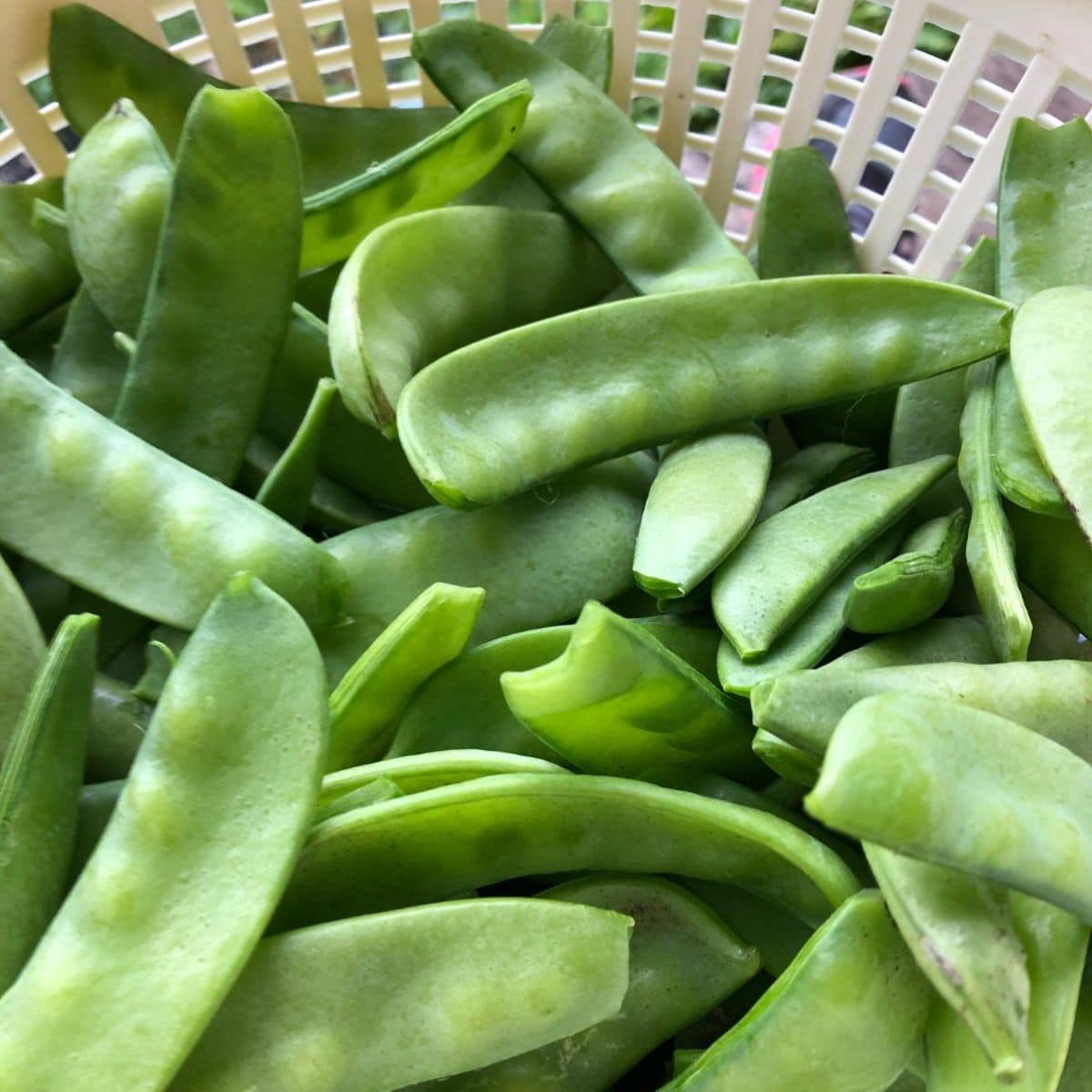
Leave a Reply